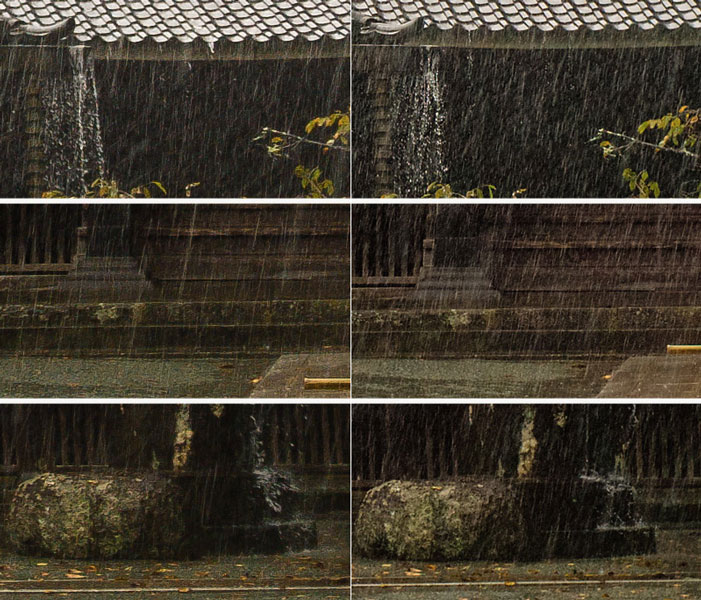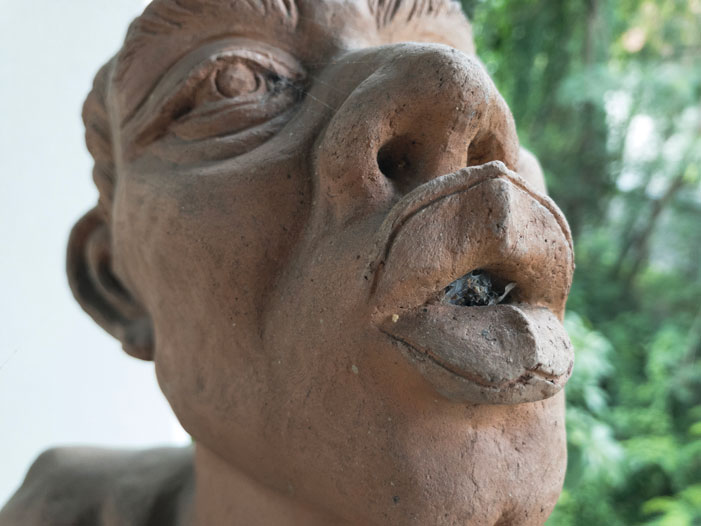Must say I’m pretty impressed with the iPhone 7. Build quality is simply amazing, battery life way up and not to mention the haptics of the prime materials used with the tactile feedback. Beautiful. And then there is the camera. Awesome. And as you might know the latest iPhones with iOS 10 allow RAW photography, such as with free Lightroom Mobile and DNG files. So the question is not too far-fetched: how long before an iPhone completely replaces standalone cameras? Take the iPhone 7 Plus’ dual camera system with blurring background in-camera post-processing, something the Leica-branded Huawei P9 introduced… Now I came across this PetaPixel post iPhone 7 vs. Leica M9-P. Yes the iPhone is expensive. The Leica even more so, approaching $10,000 with the Summicron. The reviewer loves his Leica M digital rangefinder, but is “blown away by the photo quality that is appearing in the latest smartphones.”
See for yourself:

The iPhone’s colors and tones are natural and balanced with enough detail preserved to print or zoom in really big. Who doesn’t print these days, yet detail still matters.
See these iPhone 7 shots, both with Lightroom Mobile, first one JPEG, second DNG, converted and compressed in-camera to JPEG:


JPEG and RAW/DNG both show advantages. JPEG is crispier and more saturated with more contrast, RAW more balanced and detailed with great natural-looking color accuracy. There’s even bokeh, not butter smooth, but bokeh.
Good enough for me.
Zoom reach? Not there. Sports photography? Not there. However:
If a device that weighs 138 grams and is easily carried in one’s pocket, if such a minimalized device that costs and weighs less than traditional standalone cameras, if such a multi-functional communicator and facilitator that packs so much more technology than the mighty Apollo 11 space capsule, if such a little computer machine gets on par with cameras, what’s a camera lover left with?
The answer is depressing and liberating at the same time. Either device can do.
It’s still a bit time before technology has advanced sufficiently to allow DSLR levels of low-light photography in a smartphone. But how powerful low-light exposure do we really need? Remember the days when ISO 800 was the threshold, already grainy, but so beautiful?
And what’s the point of a serious big sensor camera if… if it’s not with you all the time? Which quite often is the case? Which shot do you prefer? The less perfect one, or the non-existing?
It’s probably also only a matter of time until we get apps simulating different lenses and lens characters. There are icons among lenses, imagine you can simulate a Noctilux by the click of the button. Just a matter of time.
“Professional” photographers will always belittle smartphone snappers, even though the iPhone is the planet’s most used camera, and there must be something to be the world’s most popular camera. The iPhone — or any other good smartphone — on top gives me great video, panoramas, time-lapse, connectivity and shareability.
As a romantic I hold on to the beloved camera. For special moments. For a more cognitive approach to photography. But not for better photographs. That claim would be plain stupid. There is so much more to a good photo than detail and low noise.


